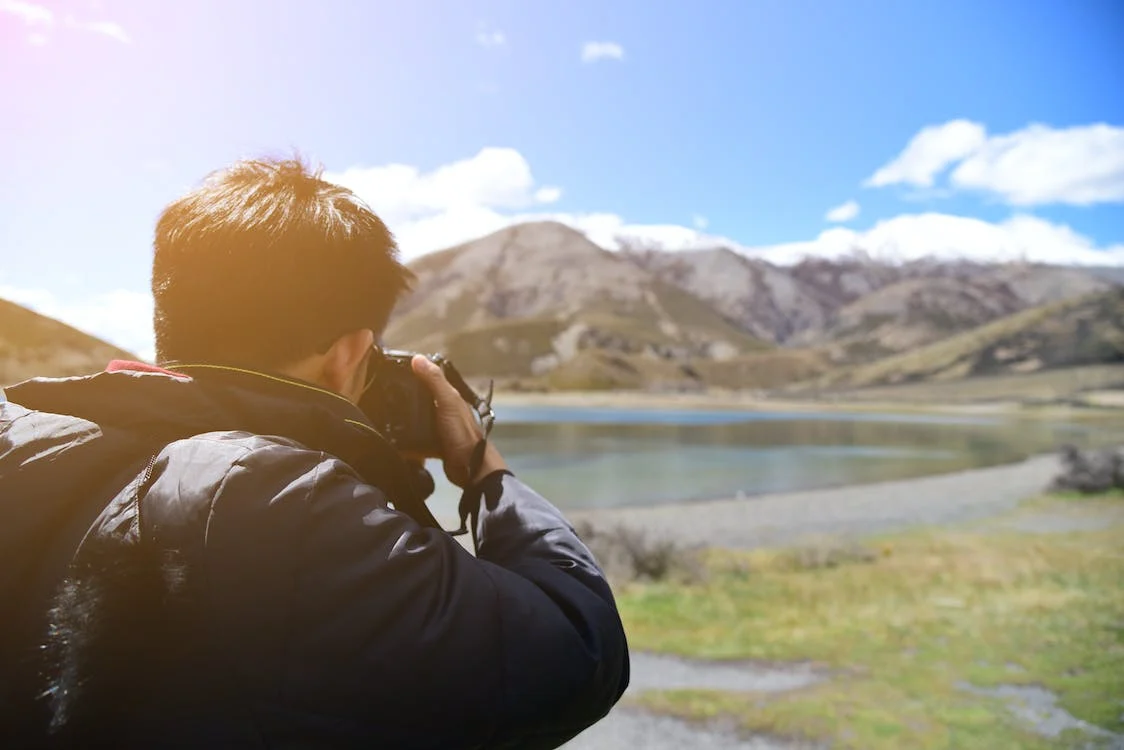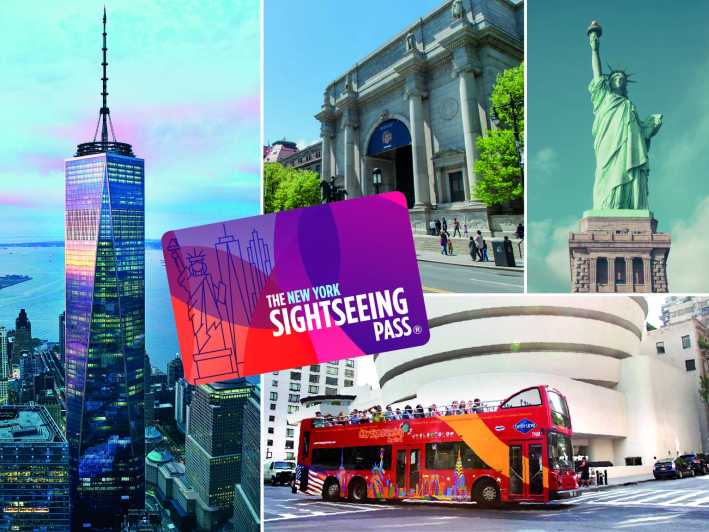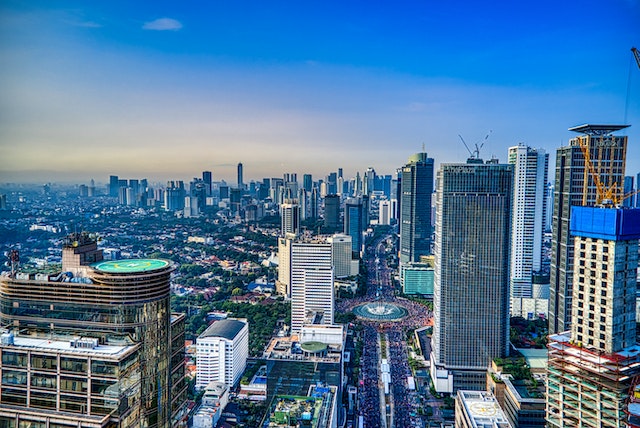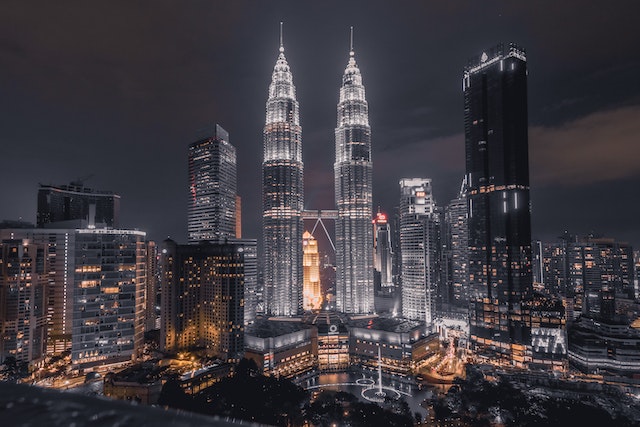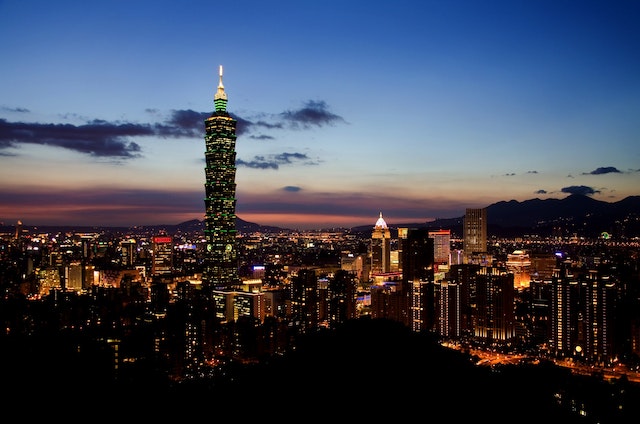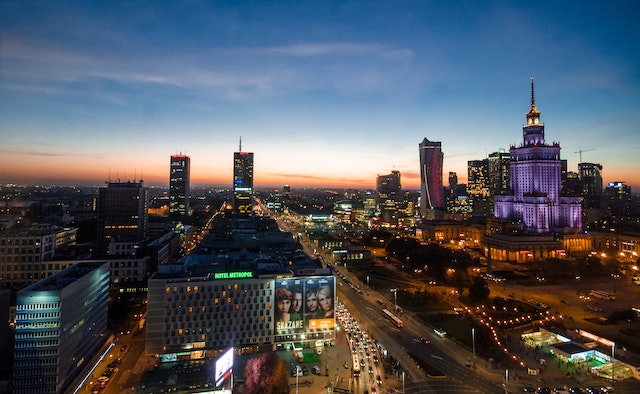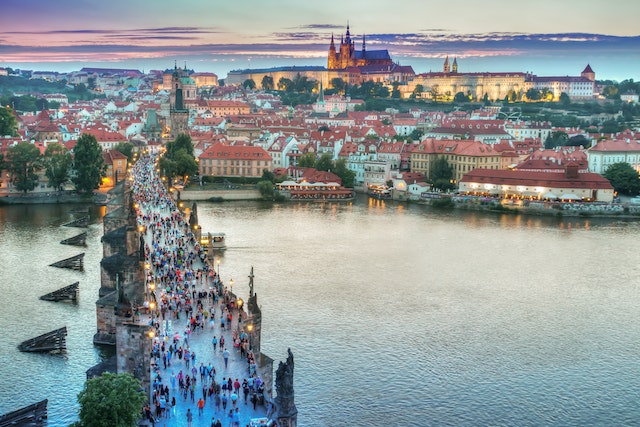Today, I’ll be sharing some practical tips and personal anecdotes to help you master the art of capturing the best light in your travel photography. So, let’s dive in and unlock the secrets of stunning visual storytelling!
- Embrace the Golden Hour: Picture this: the sun lazily descending on the horizon, casting a warm, golden glow over everything in sight. This magical time, known as the “Golden Hour,” occurs during the first and last hours of sunlight each day. The soft, diffused light creates a dreamy atmosphere and adds a touch of enchantment to your photos. Wake up early or stay out late to make the most of this captivating light. Trust me, the effort is worth it!
- Chase the Dramatic Light: While the Golden Hour is undoubtedly beautiful, don’t limit yourself to just that. Mother Nature has many tricks up her sleeve when it comes to lighting. Stormy skies, dramatic sunsets, or beams of sunlight filtering through a dense forest – all of these create captivating visual narratives. Keep an eye out for unique lighting conditions that can add drama and depth to your photographs. Be patient, adapt, and embrace the unexpected!
- Understand the Direction of Light: Light plays a pivotal role in photography, and understanding its direction is key. Front lighting, where the light source is behind you, is ideal for capturing details and minimizing shadows. Side lighting, when the light comes from the side, adds depth and texture to your subjects. Backlighting, with the light behind your subject, creates silhouettes and adds a touch of magic. Experiment with different lighting directions to breathe life into your images.
- Utilize Shadows Creatively: Shadows aren’t something to shy away from; instead, they can be used to your advantage. Play with the interplay between light and shadow to create visually striking compositions. The contrast between light and dark adds depth, drama, and a sense of mystery to your photos. Experiment with different angles and compositions to make the most of the captivating dance between light and shadow.
- Be Mindful of Reflective Surfaces: When photographing in outdoor settings, keep an eye out for reflective surfaces like water, glass, or shiny buildings. These surfaces can act as natural reflectors, bouncing light onto your subjects and illuminating them beautifully. Take advantage of these reflections to create captivating compositions and add an extra touch of magic to your photos.
- Don’t Forget About Overcast Days: Contrary to popular belief, overcast days aren’t necessarily a photographer’s nightmare. In fact, they can offer a unique opportunity to capture moody and atmospheric shots. The soft, diffused light on cloudy days is perfect for highlighting textures and details without harsh shadows. Embrace the subdued tones and experiment with long exposures or capture the vibrant colors that may pop against the muted backdrop.
Conclusion
Travel photography is not just about documenting the places you visit; it’s about capturing moments, emotions, and the beauty of light. By mastering the art of natural lighting, you can elevate your photographs from ordinary to extraordinary. Remember to embrace the Golden Hour, chase dramatic light, understand light direction, play with shadows, utilize reflective surfaces, and appreciate the beauty of overcast days. So grab your camera, pack your wanderlust, and embark on an adventure that will not only enrich your soul but also create stunning visual stories that will last a lifetime. Happy travels and may you always find yourself chasing the perfect light!

